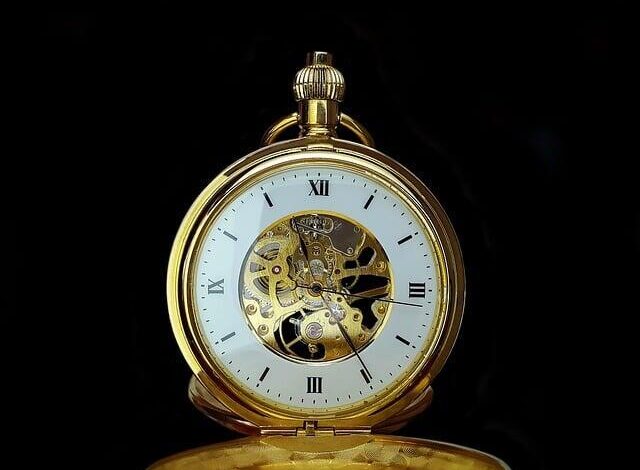Complete Guide to Understanding Clock Movements

Have you ever wondered what makes your clock tick? Understanding clock movements is essential whether you’re repairing an old timepiece or creating a new one from scratch. Clock movements are the engine of any clock, responsible for powering its hands and allowing it to keep time accurately.
In this guide, we’ll explore the different types of clock movements available, how they work, and tips for selecting the perfect one for your needs. Keep on reading for more info.
What Are Clock Movements?
Clock movements, also known as clock mechanisms, are the underlying technology that allows a clock to function. They are responsible for determining the time displayed on the clock face, moving the hands accurately, and often provide additional features such as chimes or alarms. Understanding the fundamentals of clock movements is crucial for anyone who wishes to maintain or build a clock.
Types of Clock Movements
There are primarily two types of clock movements. You can choose between quartz movements and mechanical movements.
Quartz Movements
This type of movement is battery-powered and utilizes a quartz crystal to regulate the timekeeping. Quartz movements are known for their accuracy and low maintenance, making them a popular choice for modern clocks.
Mechanical Movements
These are powered by a wound spring and can be either manual or automatic. Mechanical movements require more upkeep and are often favored by clock enthusiasts for their craftsmanship and intricate designs.
How Clock Movements Work
Understanding how clock movements work can enhance your ability to choose the right one. Generally, quartz movements employ the oscillation of a quartz crystal at a predefined frequency to maintain accurate time. In contrast, mechanical movements use gears and springs to operate. When fully wound, the spring releases energy that turns the gears, moving the clock hands at a consistent rate.
Regardless of the type, each movement provides the foundation for a timepiece to function reliably. This reliability is essential for anyone wishing to create or maintain a functional clock.
Choosing the Right Clock Movement
Selecting the appropriate clock movement for your project involves considering several factors:
Power Source
Clock movements can run on batteries or be wound up manually. Battery-powered movements are easy to use. Mechanical ones need winding, but look classic.
Size
Pick a movement that fits your clock case. Too big or too small can cause problems. Measure carefully for a good fit.
Features
Some movements have extras like chimes or pendulums. These can make your clock look and sound better. Decide which features you want.
Budget
Prices depend on type and quality. Simple battery movements are cheaper. Mechanical movements cost more but last longer.
Taking these factors into account will help you make an informed choice that meets your specific needs.
Embrace the Art of Clockmaking
Mastering the intricacies of clock movements opens up countless possibilities, whether you are a hobbyist or a professional. With an understanding of the different types of movements and how they operate, you can build, repair, or enhance any timepiece. Investing time into learning these details will not only refine your clockmaking skills but also deepen your appreciation for this timeless craft. You can also see clock movements guide here for more info.
Explore Your Clock-Making Journey
Begin your journey into the fascinating world of clock movements today. With their unique qualities and various options available, you have the potential to create or maintain an excellent timepiece that others will admire. Don’t hesitate to explore local shops or online platforms to discover the perfect mechanism for your projects.




